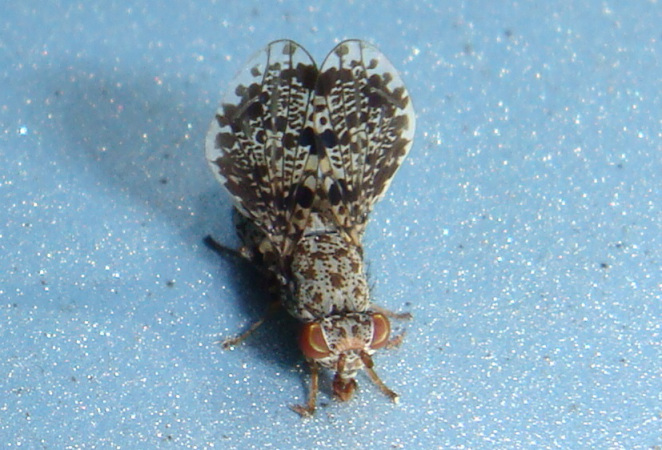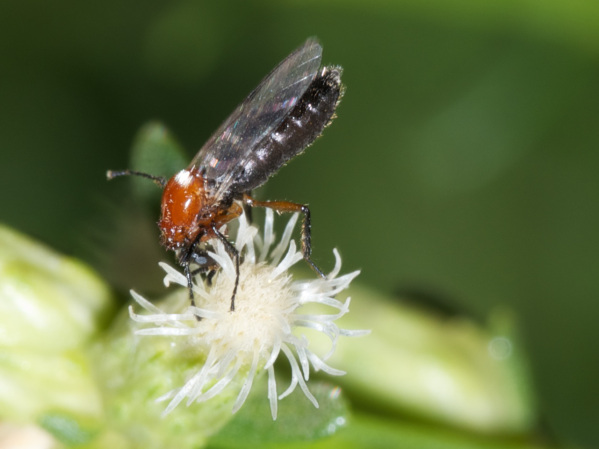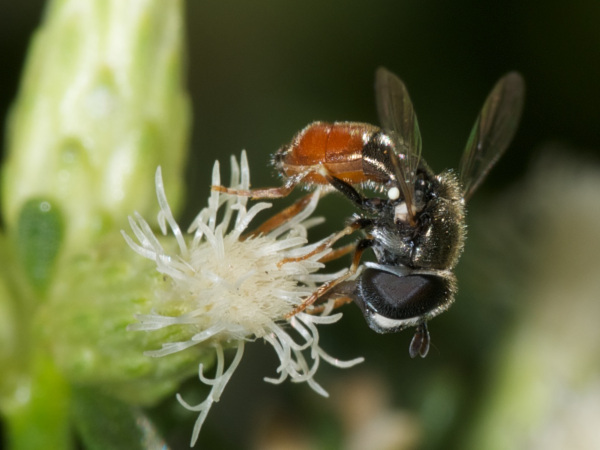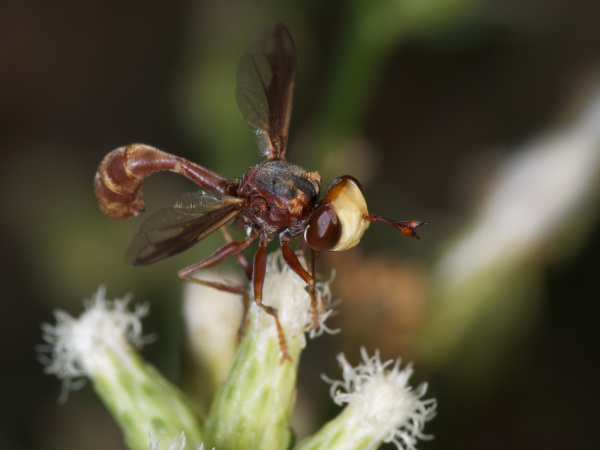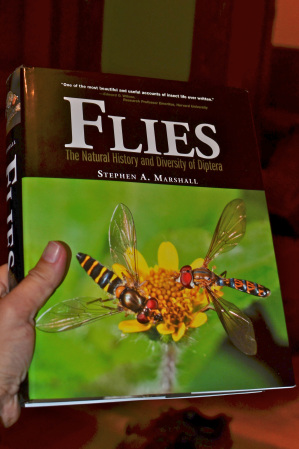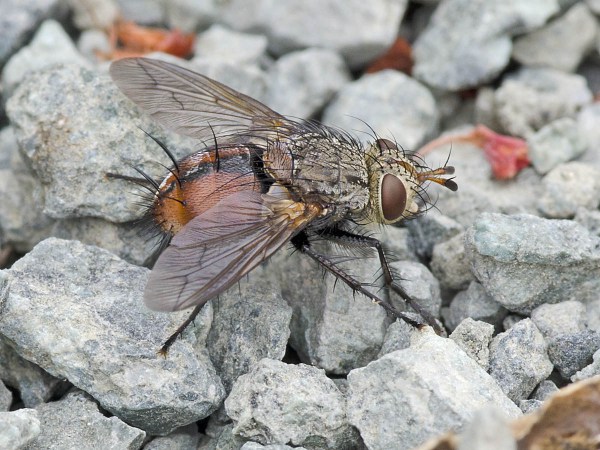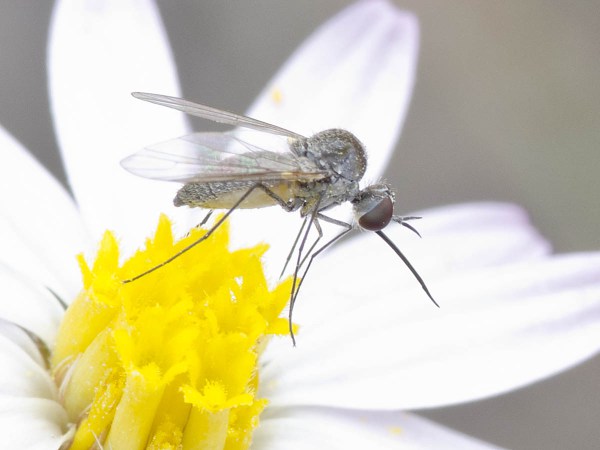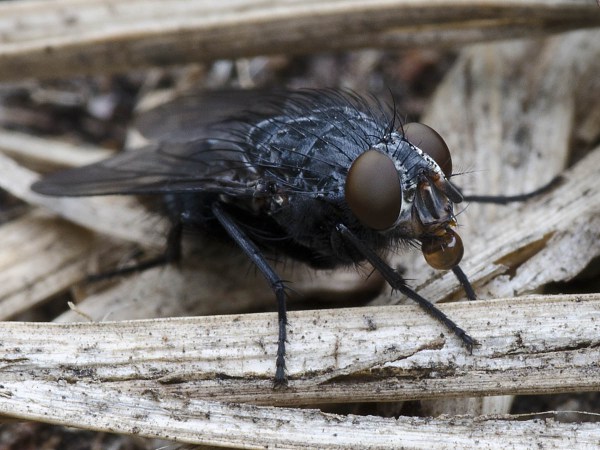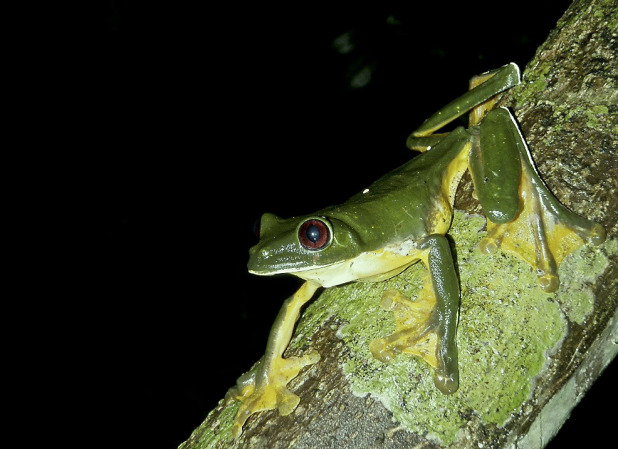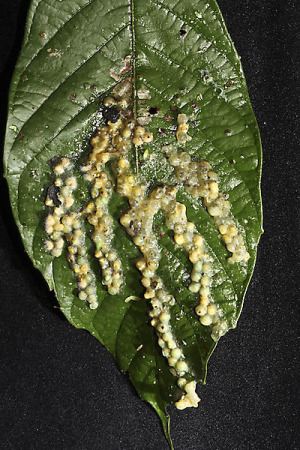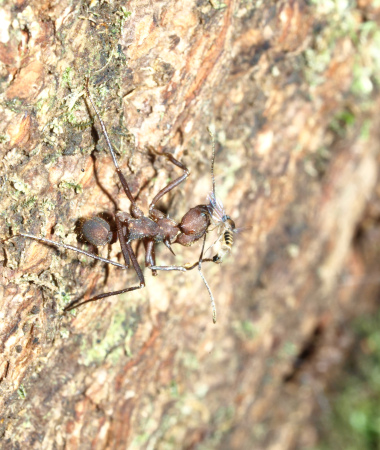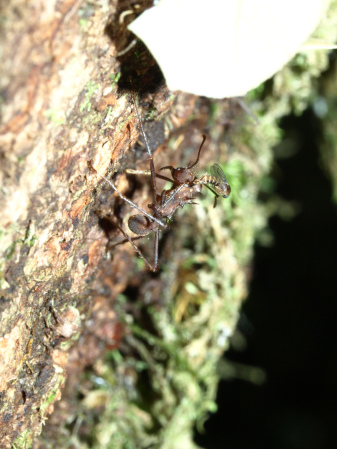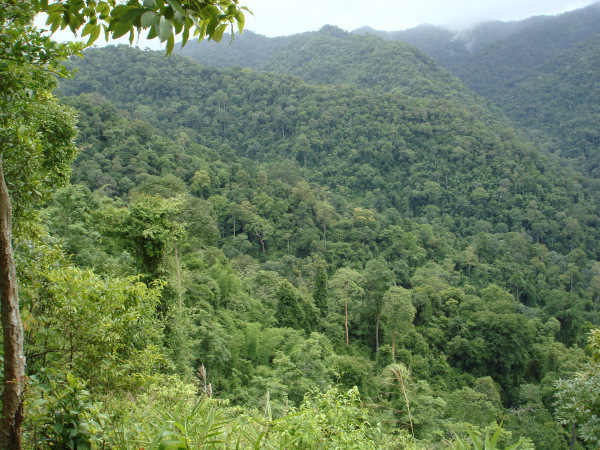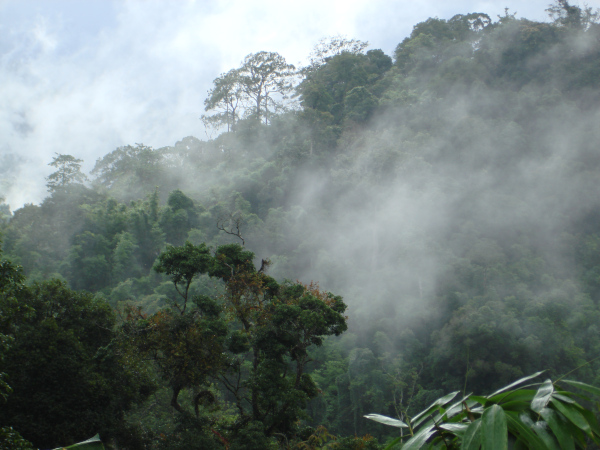We are doing something a little daring, but certainly exciting here at the Natural History Museum of Los Angeles County. We have decided to specialize on flies.
 drawer of unsorted flies from the LACM collection
drawer of unsorted flies from the LACM collection
Why would we do this (besides because we are obsessed)? Most insect collections are comprehensive, trying to house as big a variety of all groups as possible. Basically, we want to to become one of the best Diptera collections in the country, or even the world. You can’t do that unless you are ready to give up something else. For us, it is future growth in non-target groups, like butterflies and beetles. We’ll take care of what we have, but we are not accepting any more.
An even more radical version of the specialization involves exchanging away non-Diptera parts of the collection. To do this, you need to find other like-minded institutions that wish to grow in a similar way. In our case, we found a first partner in the Utah State University, especially with Dr. James Pitts. There, Dr. Wilford Hansen has built an excellent collection of mostly Neotropical Diptera. The current staff of their entomology department, however, is more interested in Hymenoptera, and this spring we are doing a large-scale exchange of USU Diptera for LACM Hymenoptera (exclusive of ants and bees).
This exchange includes about 600 drawers of material on each side. It more than doubles our holdings of general Diptera, not including our already major collections of Phoridae, Blephariceridae, and Neotropical Psychodidae. It also makes USU a major Hymenoptera collection, a truly win-win arrangement.
Exchanges can quickly change the face of the collection, but they are expensive. Moving 600 drawers to Logan, Utah, and bringing same number back to Los Angeles will cost about $4000 and lots of staff time. Still, this is much less money than that required to build a 600 drawer collection from scratch, and we are thrilled by it.
I foresee the possibility of more such exchanges in the future for the LACM, and welcome inquiries from curators who feel that such an arrangement would benefit their collections as well.
